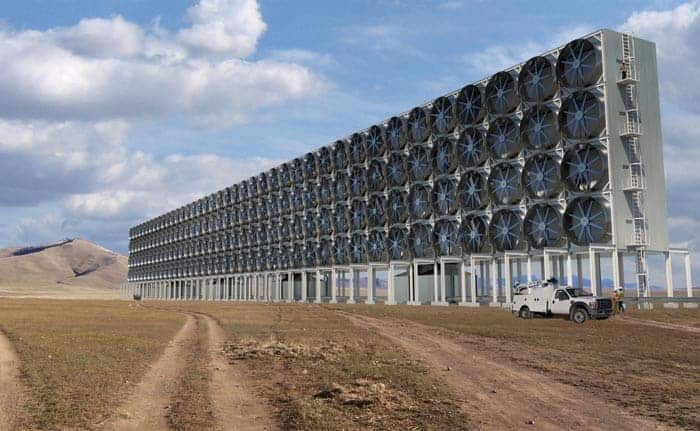
The US must improve its ability to measure and monitor methane emissions from human activity. That is the main conclusion of a new report – Improving Characterization of Anthropogenic Methane Emissions in the United States – by the National Academies of Sciences, Engineering, and Medicine that says better data on methane could help decisions related to climate, economics and human health.
Methane is a greenhouse gas that is now present in the atmosphere at just under 1900 parts per billion (ppb) – a huge jump from around 700 ppb at pre-industrial levels. While there is much more carbon dioxide in the atmosphere than methane, it has a greater warming impact per molecule because of methane’s high-vibrational absorption of energy. While methane stays active in the atmosphere for about a decade, additional contributions from human activity have resulted in it being too abundant for the hydroxyl radical – the atmosphere’s naturally-occurring scrubber – to completely wash it out.
It is time for us to take that impact seriously and take the responsibility that comes from that impact
Geochemist James White from the University of Colorado Boulder
Methane released from human activities accounts for 60% of US methane emissions while natural processes, such as wetland microbial activity, cause the rest. While the US Greenhouse Gas Inventory keeps track of larger atmospheric methane measurements it does not offer adequate data on possible sources of methane. “What we don’t have today is a fully developed surface inventory that we could use to really benefit our understanding of methane and benefit our ability to track and learn from the concentrations in the atmosphere,” says geochemist James White from the University of Colorado Boulder, who chaired the 14-strong committee that wrote the report.
Serious impact
The report lays out a programme for better characterizing and identifying sources of anthropogenic methane, especially from the US’s biggest emitters – the livestock, oil and gas, landfill and manure industries. While coal mines are also significant, the report states that their methane output is reasonably well known. To do this, the report calls for enhanced large-scale aerial observations by satellites as well as detailing different sectors’ methane patterns, for example, describing livestock methane releases that vary with feed or other practices across agricultural areas.
Committee member Fiji George, an environment and energy engineer with Southwest Energy in Texas, notes that the report proposes measuring methane across the US with a 10 x 10 km grid. “What we are calling for is a coordinated effort to monitor methane,” says White. “The rationale behind it is not a methane rationale. We are the major agent of change on the planet. It is time for us to take that impact seriously and take the responsibility that comes from that impact.”

Mopping up carbon
Given that methane is short-lived, the report says there is an opportunity to impact global temperatures. Reducing methane along with black carbon could help to reduce temperature increases by up to 0.5 degrees centigrade by 2050. This would be a significant contribution to the Paris Accord’s goal of restricting temperature increases to 1.5 to 2.0 degrees Celsius relative to pre-industrial times.


